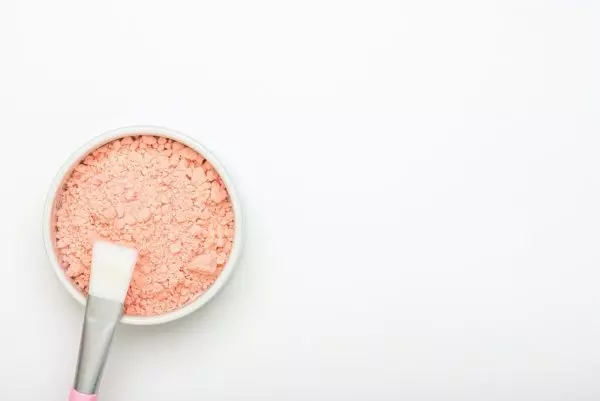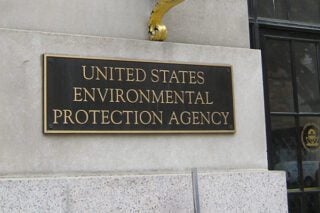
Asbestos continues to be an issue in talc-based cosmetics. The Environmental Working Group (EWG) provided funding to better understand the asbestos risk. Talc can be found in numerous makeup products, mainly powder cosmetics.
Within a sample of 21 cosmetics, three contained asbestos. This mirrors a study from last year that found nine contaminated products in a sample of 52. No level of asbestos is safe. Any of the contaminated products could lead to mesothelioma or another asbestos cancer.
Why Are Cosmetics Being Tested for Asbestos?
Asbestos in cosmetics is an ongoing problem. Asbestos is a mineral that occurs naturally near talc. As a result, talcum powder can become contaminated with asbestos fibers.
Without proper testing, asbestos may be incorporated into cosmetics through contaminated talc. Some companies have unknowingly exposed consumers to asbestos. Others have recognized the risk but continue to produce harmful products.
To better understand the current risk of asbestos in makeup, the EWG recently funded updated testing. Experts conducted testing in late 2020. Warnings were immediately issued to consumers and retailers began pulling products from their websites.
Results: How Much Asbestos Is in Cosmetics?
Experts tested a sample of 21 cosmetic products, and three contained asbestos. This equates to 15% of products contaminated with asbestos. Their findings were published in Environmental Health Insights.
Last year, the United States Food and Drug Administration (FDA) found similar issues.
Out of 52 talc-based products, nine contained asbestos. This mimics the percentage of contaminated products found by the EWG.
Both groups continue to investigate the presence of asbestos in various cosmetics. Their findings can help asbestos safety advocates push for stricter regulations.
Why Are Asbestos and Talc in Makeup?
Many powder-based cosmetics contain talc. Talcum powder is used in cosmetics to:
- Provide a soft or silky texture
- Dilute the color in makeup products
- Act as a filler
- Absorb oil and other moisture
- Make products translucent
- Prevent clumping and caking
Common talc-based cosmetics include:
- Eyeshadow palettes
- Blush
- Setting powder
- Powder coverup
- Highlighter
Some makeup products contain talc contaminated with asbestos.
Without adequate testing, manufacturers may not know asbestos is reaching consumers. Some companies face repercussions for supposedly knowing they were endangering consumers.
For example, Johnson & Johnson continues to face lawsuits for its asbestos-contaminated baby powder. Victims claim the baby powder led to illnesses such as mesothelioma, ovarian cancer and other asbestos cancers.
What Can Be Done to Make Cosmetics Safe From Asbestos?
To ensure asbestos isn’t reaching consumers, cosmetics need to be properly tested. Testing can ensure asbestos and other harmful agents aren’t present.
Scott Faber, senior vice president for the EWG recently spoke out about the overdue need for safety testing. He noted federal laws regulating the cosmetics industry were last updated decades ago, in 1938.
The federal government has noted no level of asbestos is safe. Any amount of exposure can lead to mesothelioma, asbestosis, lung cancer and other conditions. Despite this fact, cosmetic asbestos regulations still do not exist.
Public health officials and government representatives advocating for consumer safety continue to push for asbestos regulations. Examples include:
- Warning labels on products aimed at children that may contain asbestos
- FDA review of chemicals in cosmetics, their safety and acceptable levels
- FDA power to recall affected products and stop production
- Such strides are crucial to ensure children and adults aren’t exposed to asbestos products within their homes.
Such strides are crucial to ensure children and adults aren’t exposed to asbestos products within their homes.




